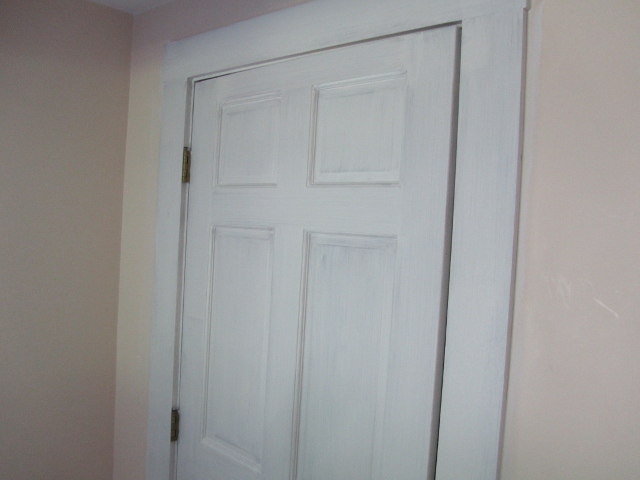Quick Tip For Swelling Doors – Seasonal Humidity
As a remodeling contractor, one of the main service calls I receive is adjusting doors that no longer work properly. With the emergence of DIY’ers and the large quantity of poor workmanship from contractors, many people move into homes that will have problems with their doors. While there are several different causes for doors that do not operate as they should, one of the main issues in my area, is the humidity.
Hollow Core Doors
Many homes now contain hollow-core doors due to their low cost and ease of handling. Hollow-core doors are made up of a pair of thin skins (the faces of the door) attached to a set of grids (usually made of cardboard). This assembly, known as a torsion box, is lightweight and strong. These types of doors are more prone to swell with humidity based on the materials in which they are made, however, when installed correctly, they are cost effective alternatives to more expensive options and can function for years.
Seal the Top and Bottom Edges
One facet that people often overlook when installing doors, are sealing the tops and bottoms. The unfinished wood soaks up moisture from the humidity and swells and contracts based on the conditions. This can cause a multitude of problems from rubbing on the jamb to not sealing well against the door stop molding and can change depending on the weather. Fixing a sagging door can be counter-intuitive because once corrected, it may, in fact, be “over-corrected” and begin to rub on the head jamb with a large change in humidity.
To combat this problem, the top and bottom of each door should be sealed and finished just as the rest of the door. Many contractors installing and finishing new doors, just paint the faces of the doors as the homeowners are unlikely to notice the top and bottom. If your doors are unpainted or unsealed, it is a simple fix that can possibly alleviate many headaches down the road.
Use Oil Based Primer to Seal Doors
I prefer to use an oil-based primer/sealer (Zinsser Bullseye Primer/Sealer), but a water or shellac based primer/sealer will also do the trick. Simply seal and paint when the door is operating correctly or prior to installing, and your doors should be able to handle the changes in humidity.

